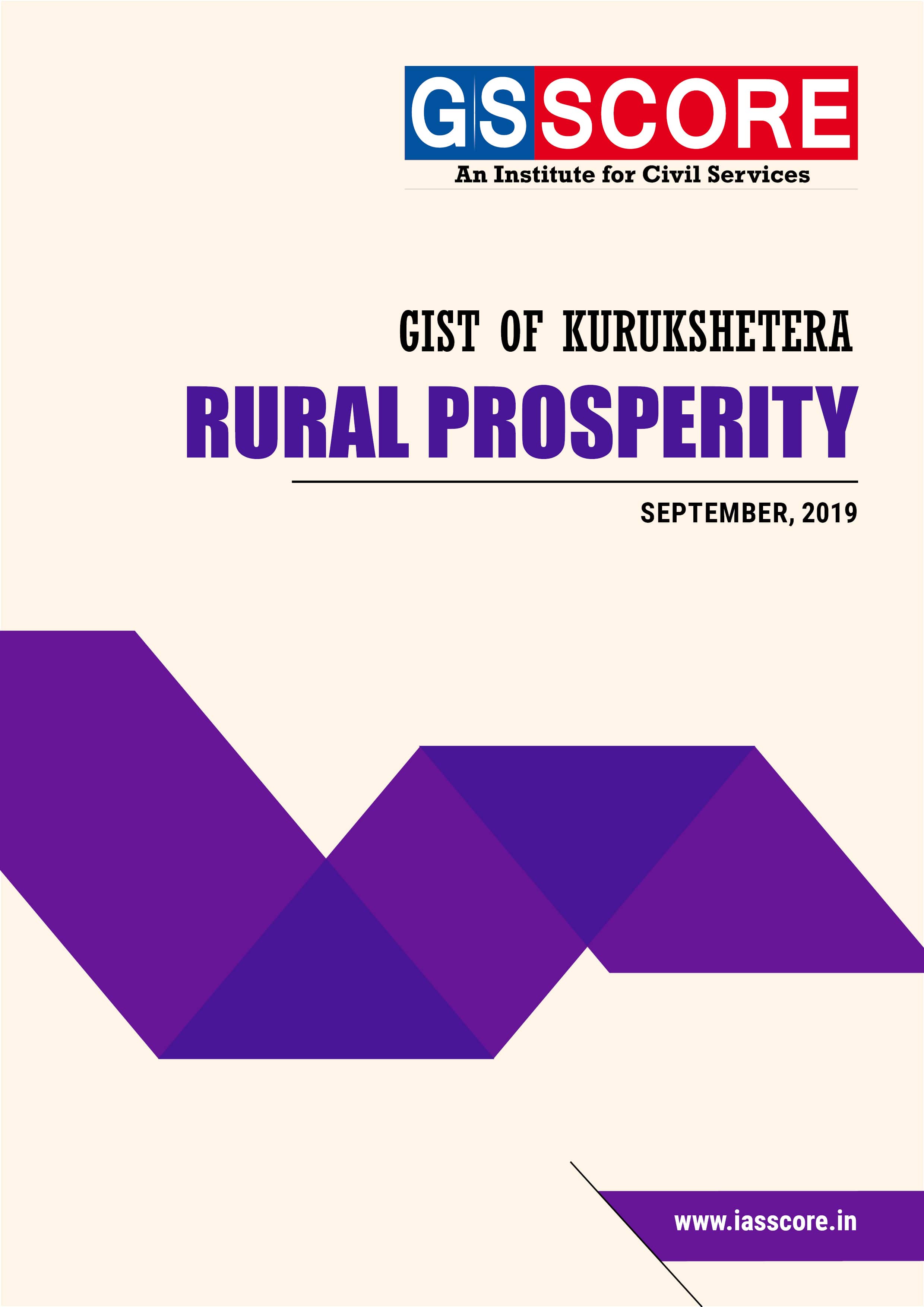


The Government is taking various initiatives to accelerate growth in rural India thereby catalysing the growth of the Indian economy. About 70 per cent of India resides in its villages. Undoubtedly, the growth of rural sector is central to the overall development of the country.
Related Articles


